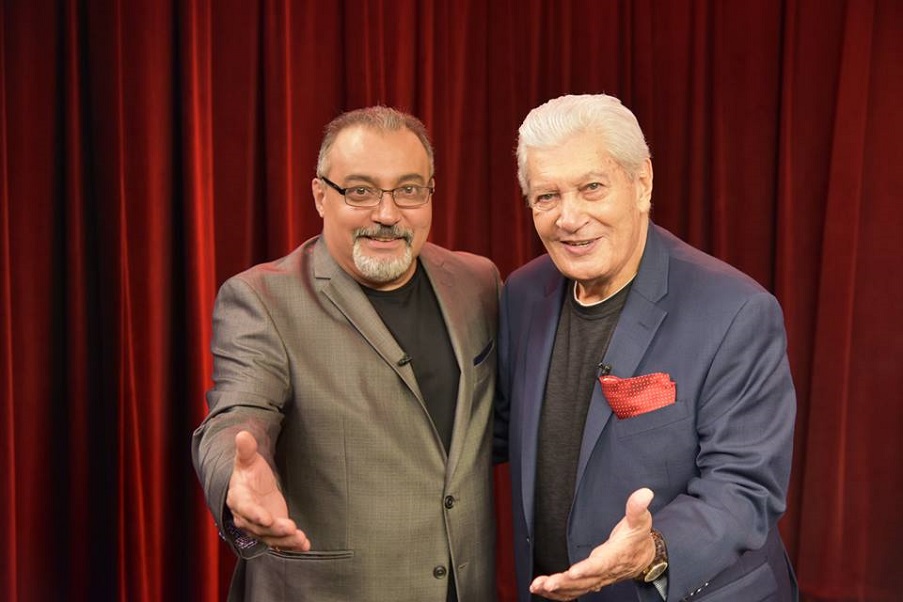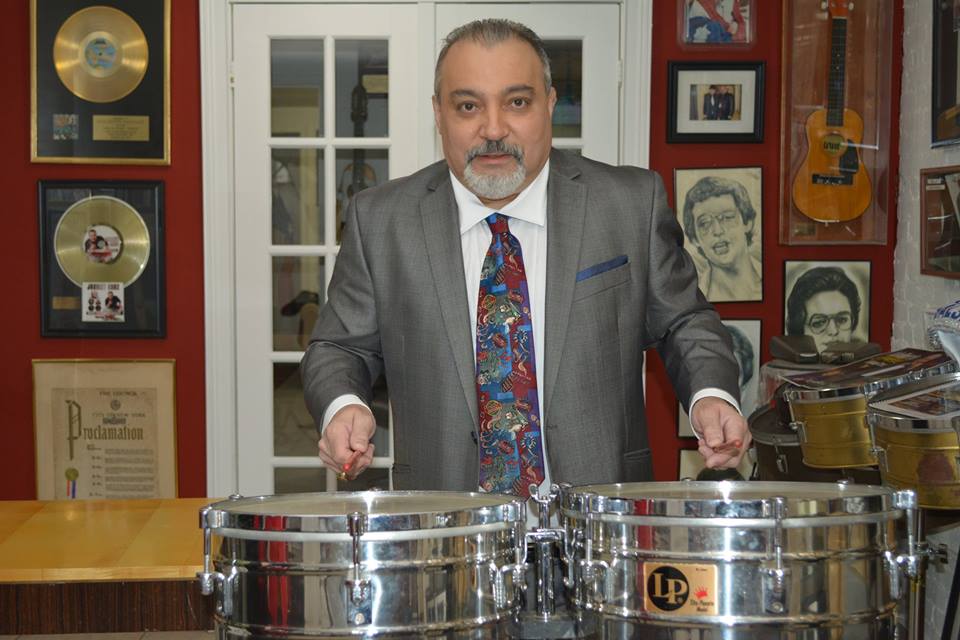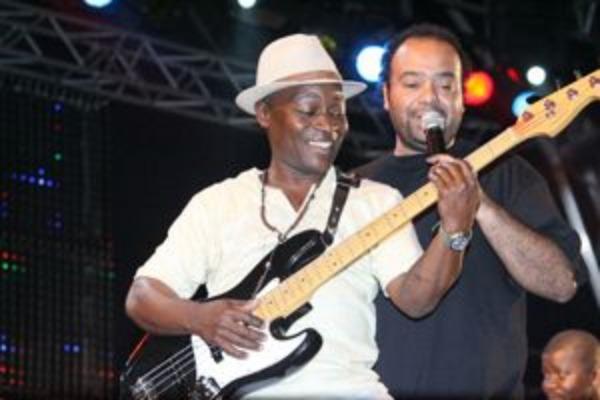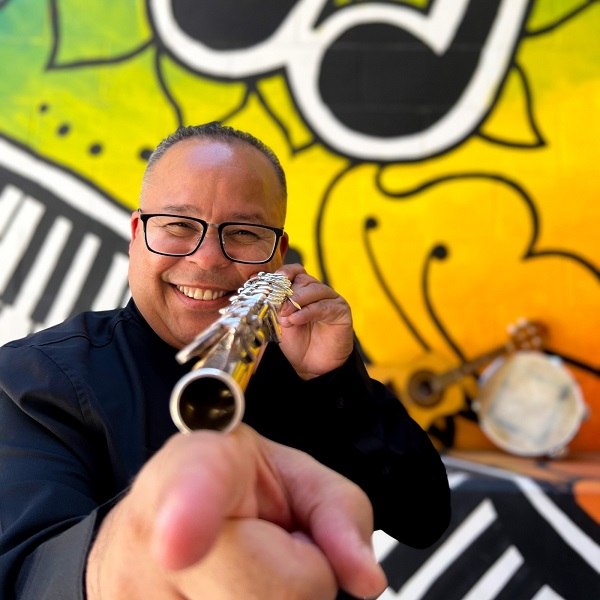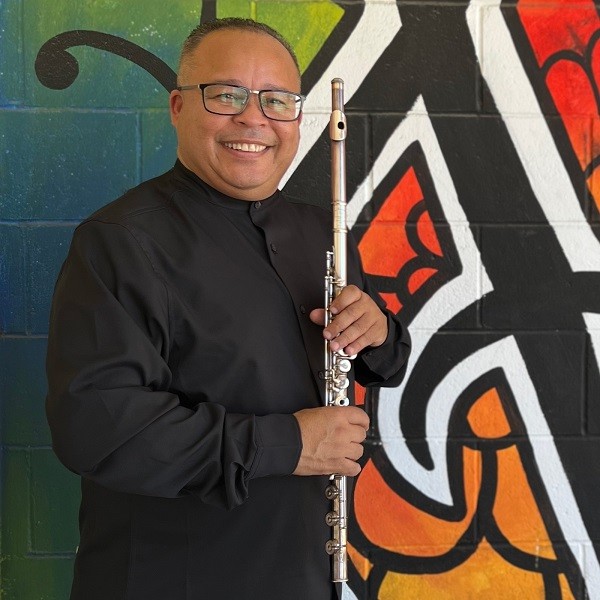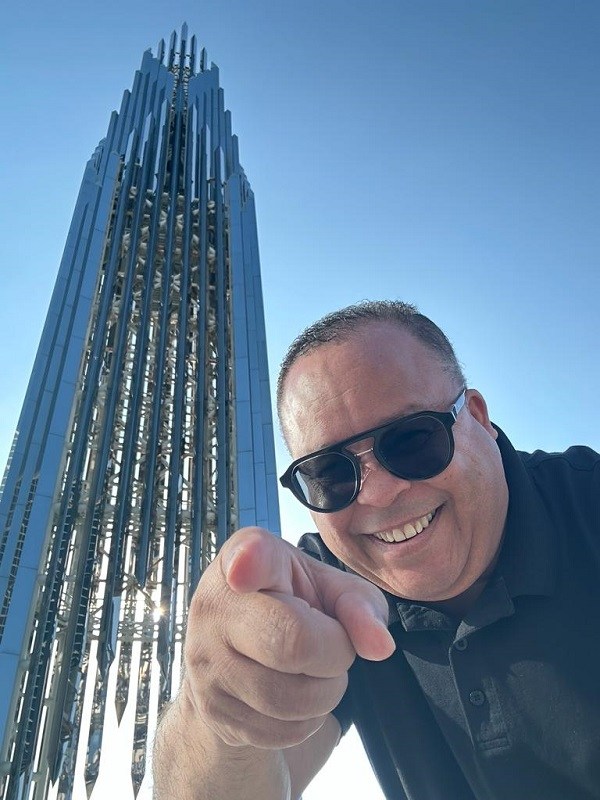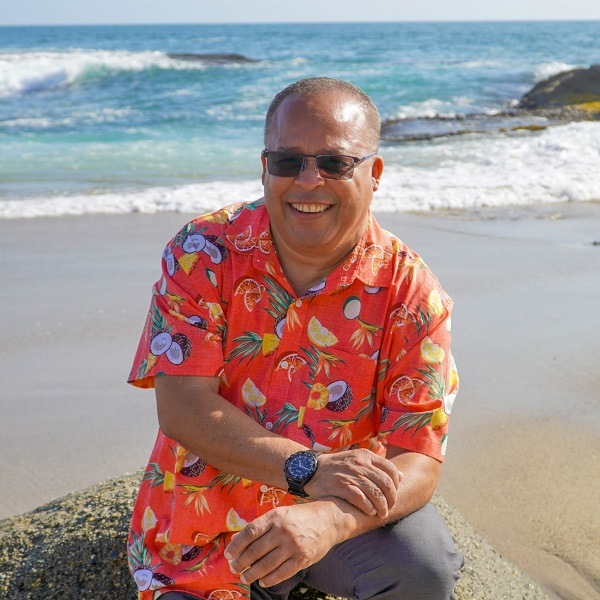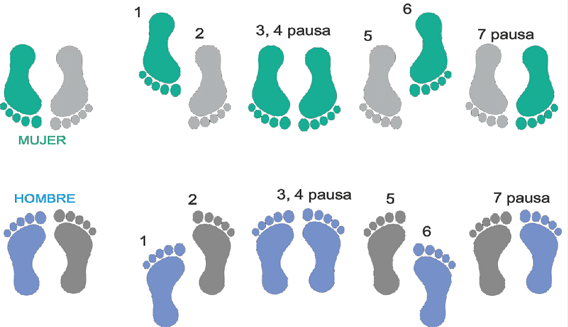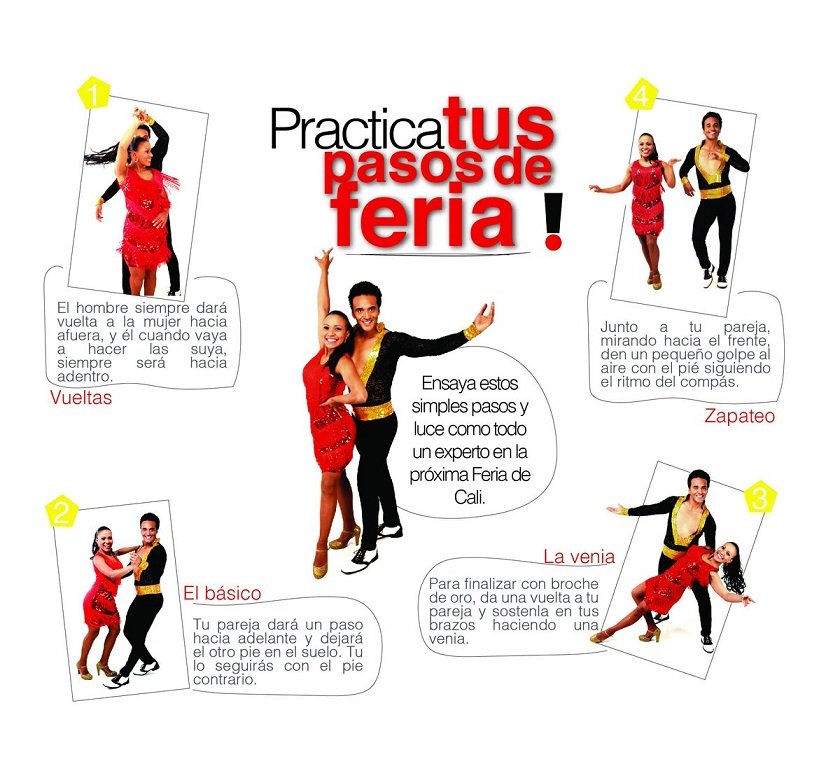Europe / Romania / Galati
Health Benefits of Dance
Studies show that dance can help to lose weight, stay flexible, reduce stress, make friends, and much more. Discover the advantages of health and DANCE!
Many love to dance and follow the rhythm of the music on the radio. Others enjoy watching others dance.
The truth is, that dancing really has many benefits for health and well-being. Adopting a lifestyle where there are music and dancing is definitely healthy. But why?

Let us show you!
1.- Reduce stress
If you’re feeling stressed out or anxious, you perfectly might want to invite a partner, turn up the music, and Salsa! Researchers have found that partner dance and musical accompaniment can help bring about stress relief.
2.- Boost memory
According to studies, dancing may boost your memory and prevent you from developing dementia as you get older. Science reveals that aerobic exercise can reverse volume loss in the hippocampus, the part of the brain that controls memory. The hippocampus naturally shrinks during late adulthood, which often leads to impaired memory and sometimes dementia.
3.- Improve flexibility
Those plies and arabesques that ballet dancers practice aren’t just for aesthetics — they also increase flexibility and reduce stiffness. You can skip the ballet slippers and still reap the benefits of ballet by practicing some simple stretches at home. Increasing your flexibility will help ease joint pain and post-exercise soreness.
4.- Help your heart
Dance is a great activity for those at risk for cardiovascular disease. People with heart failure who took up waltzing improved their heart health, breathing, and quality of life significantly compared to those who biked or walked on a treadmill for exercise, noted an Italian study.
5.- Diminish depression
Dancing really does lift your spirits, according to a study that tested the effects of dancing on people with depression. Patients who participated in an upbeat group dance showed the fewest depression symptoms and the most vitality. Got the blues? Grab a friend and go out dancing tonight.
6.- Balance better
If you are nervous about falling as you get older, some dance lessons might help ease your worries. Dancing requires a lot of fast movement and good posture, so frequent dancing will help you stabilize and gain better control of your body.
With info a Salud Cotidiana.

